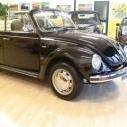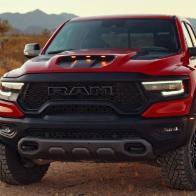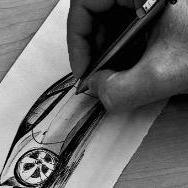[USA] Dodge Dart 2013
quanto ti piace la Dodge Dart?
258 voti
-
1. quanto ti piace la Dodge Dart?
-
• Molto108
-
• Abbastanza105
-
• Poco36
-
• Per niente11
-
- Si prega di accedere o registrarsi per votare a questo sondaggio.









.thumb.jpg.902d2a4f20a129e92b6f6920407b81bd.jpg)












Messaggi Raccomandati:
Crea un account o accedi per lasciare un commento
Devi essere iscritto per commentare e visualizzare le sezioni protette!
Crea un account
Iscriviti nella nostra community. È facile!
Registra un nuovo accountAccedi
Sei già registrato? Accedi qui.
Accedi Ora